RIAS reveals best new buildings in Scotland
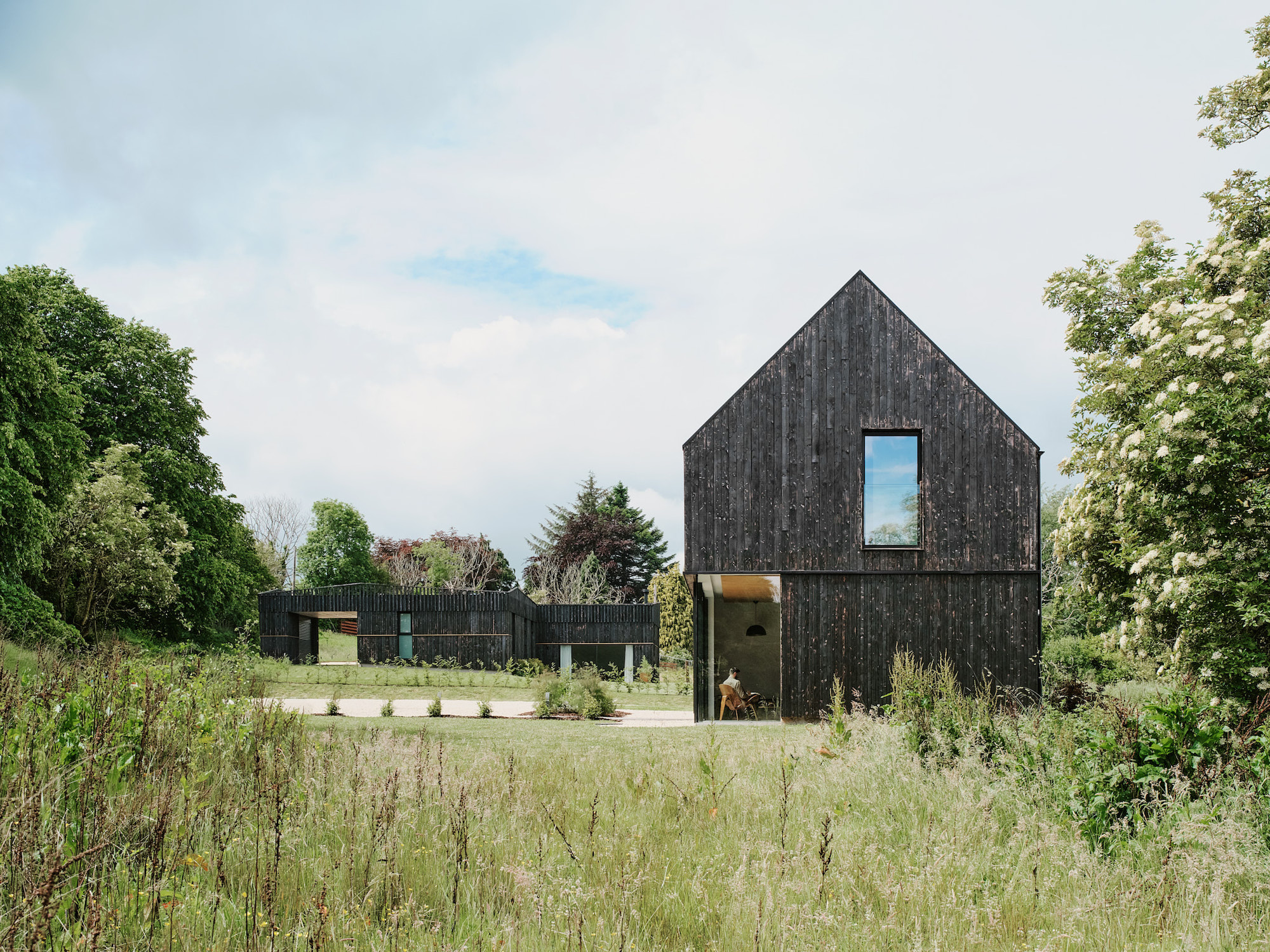
An Office and Two Houses by Loader Monteith ©Henry Woide
New homes, workplaces, community and cultural buildings are among the 11 outstanding new buildings that have been named as winners of this year’s Scottish national architecture awards with several projects demonstrating excellence in retrofitting and repurposing existing buildings.
Revealed today by the Royal Incorporation of Architects in Scotland (RIAS), the 2024 RIAS Awards winners are:
An Office and Two Houses, Bunchrew, Highland by Loader Monteith
This mixed-use development transforms a tricky brownfield site into a tranquil haven for cycle enthusiasts. Offices, bike storage and residential accommodation for the mountain bike hire business owners are contained within two low-energy timber buildings, carefully positioned within the landscape. The judges were impressed by the project’s deceptive simplicity, thoughtful planning and attention to detail, and by the architects’ successful relationship with their client and contractor.
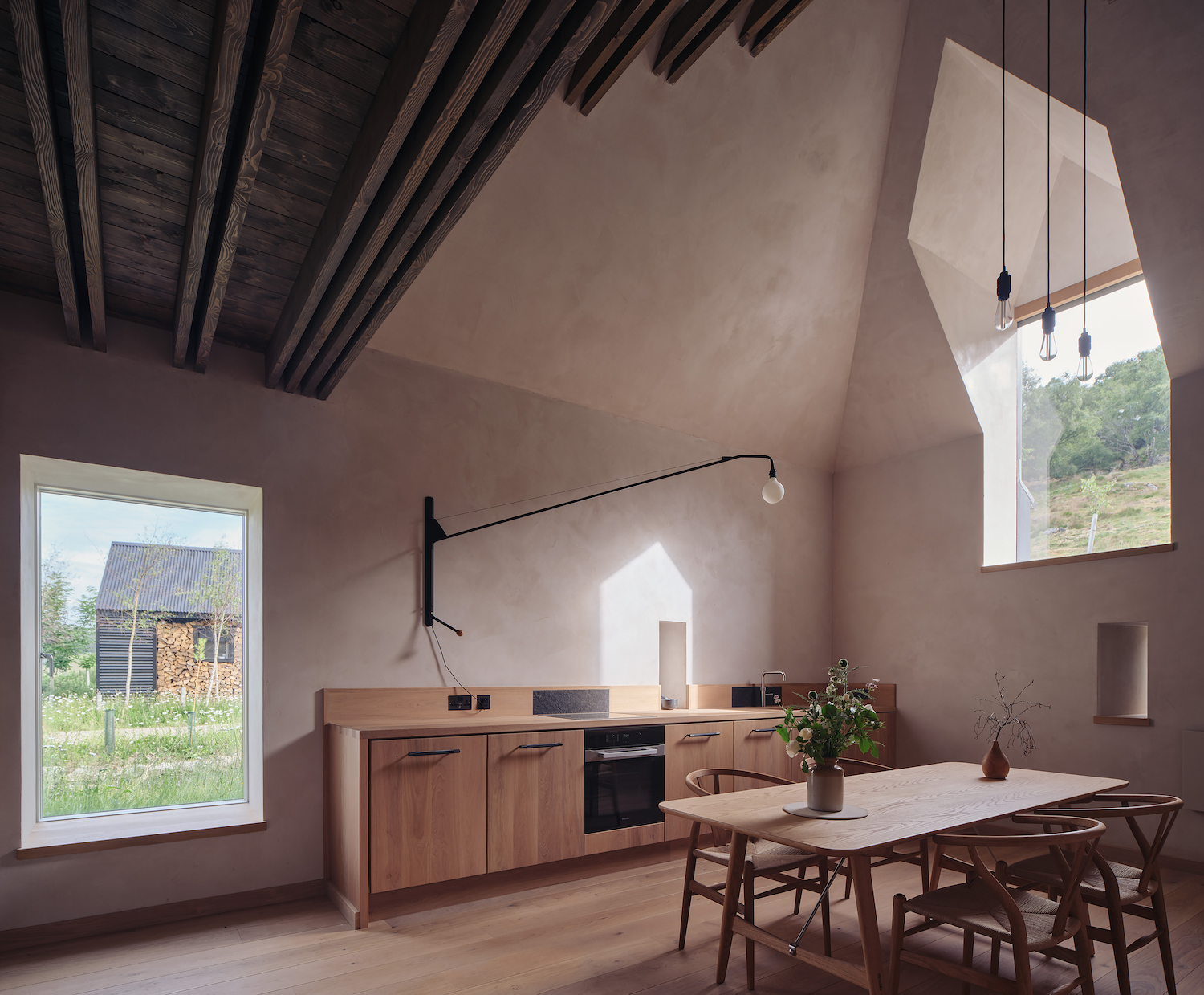
Ardoch by Moxon Architects ©Simon Kennedy
Ardoch, Ballater, Aberdeenshire by Moxon Architects
Overlooking the River Dee, this hillside farmstead has been restored, reinstated and reinvented following a decade-long project of careful reconstruction. Using a combination of traditional and contemporary methods, five buildings have been renewed or repurposed as a home, studio and orangery for the owners. The jury described the project as an exemplar of contemporary repair, where the art and craft of existing buildings have been retold in a re-interpretation of their own architectural language.
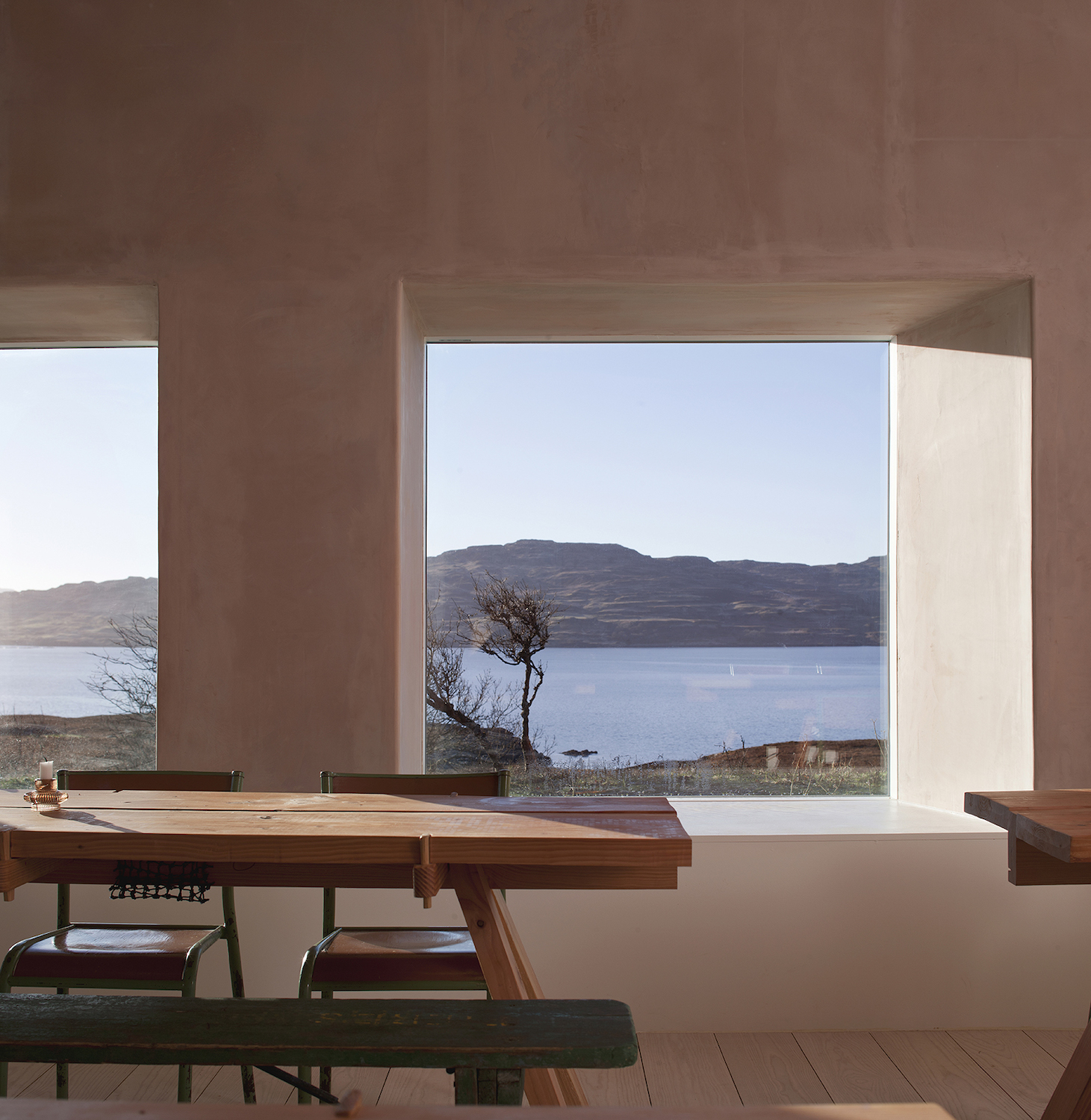
Croft 3 by fardaa ©David Barbour
Croft 3, Isle of Mull by fardaa
A ruined croft has been repurposed and extended as a restaurant – retaining the croft’s intimate and simple character while harnessing the awesome surrounding landscape and views. Together, the old and new elements demonstrate a deep understanding of the nature of the ruin and its setting. The jury enjoyed the interwoven themes of food, friendship and community, and how these combine in a modest, unique and delightful space on a shoestring budget.
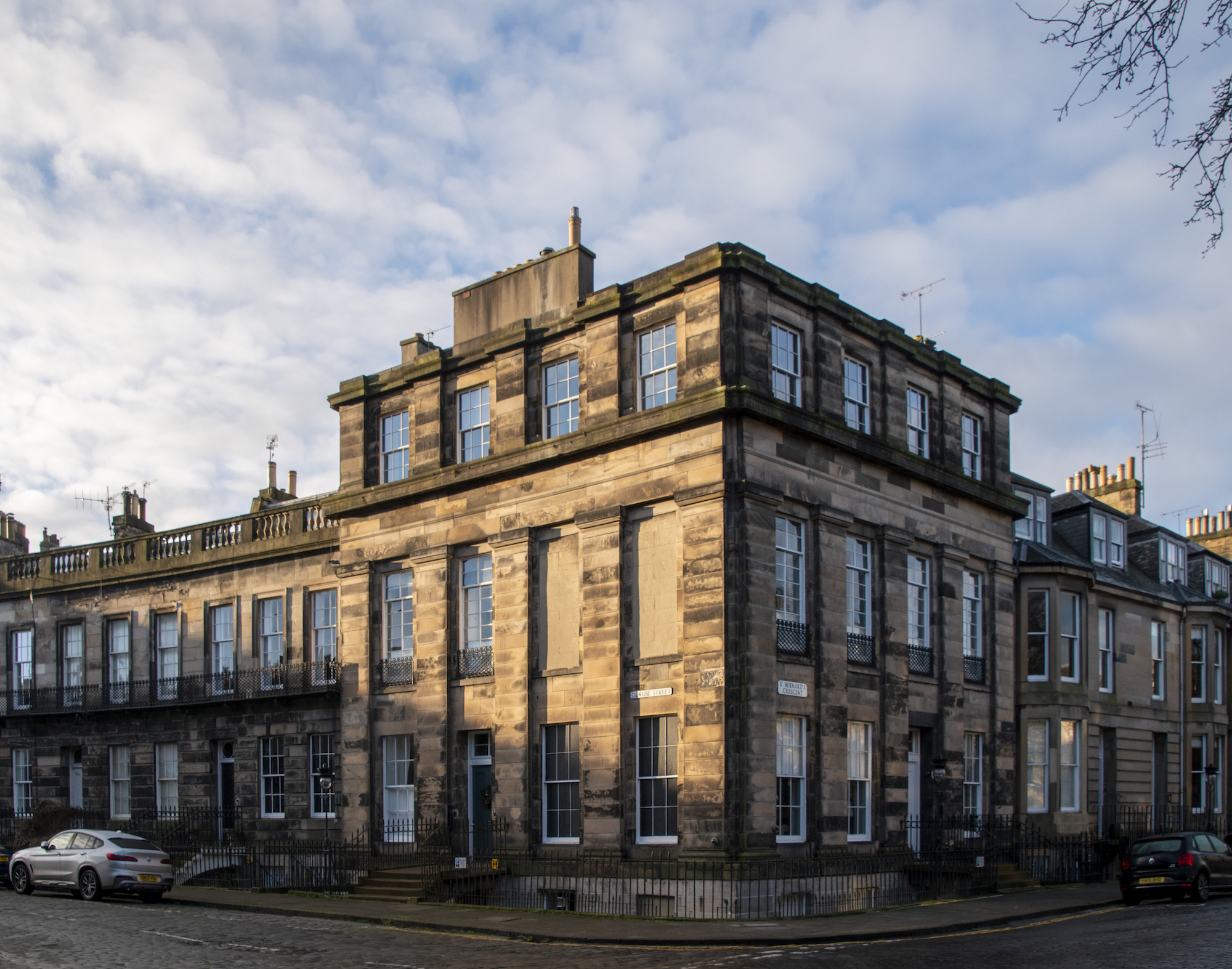
Danube Street by John Jeffery ©John Jeffery
Danube Street, Edinburgh by John Jeffery
This retrofit of a Category A listed early 19th century tenement demonstrates that historic properties can be successfully adapted to create joyful, contemporary homes, fit for a climate-conscious future. A wealth of thermal upgrades is synthesised with a restorative approach to the building’s interiors, and the jury was impressed by the rigour with which John Jeffrey had seamlessly integrated a raft of contemporary measures while reinstating much of the original building’s character.
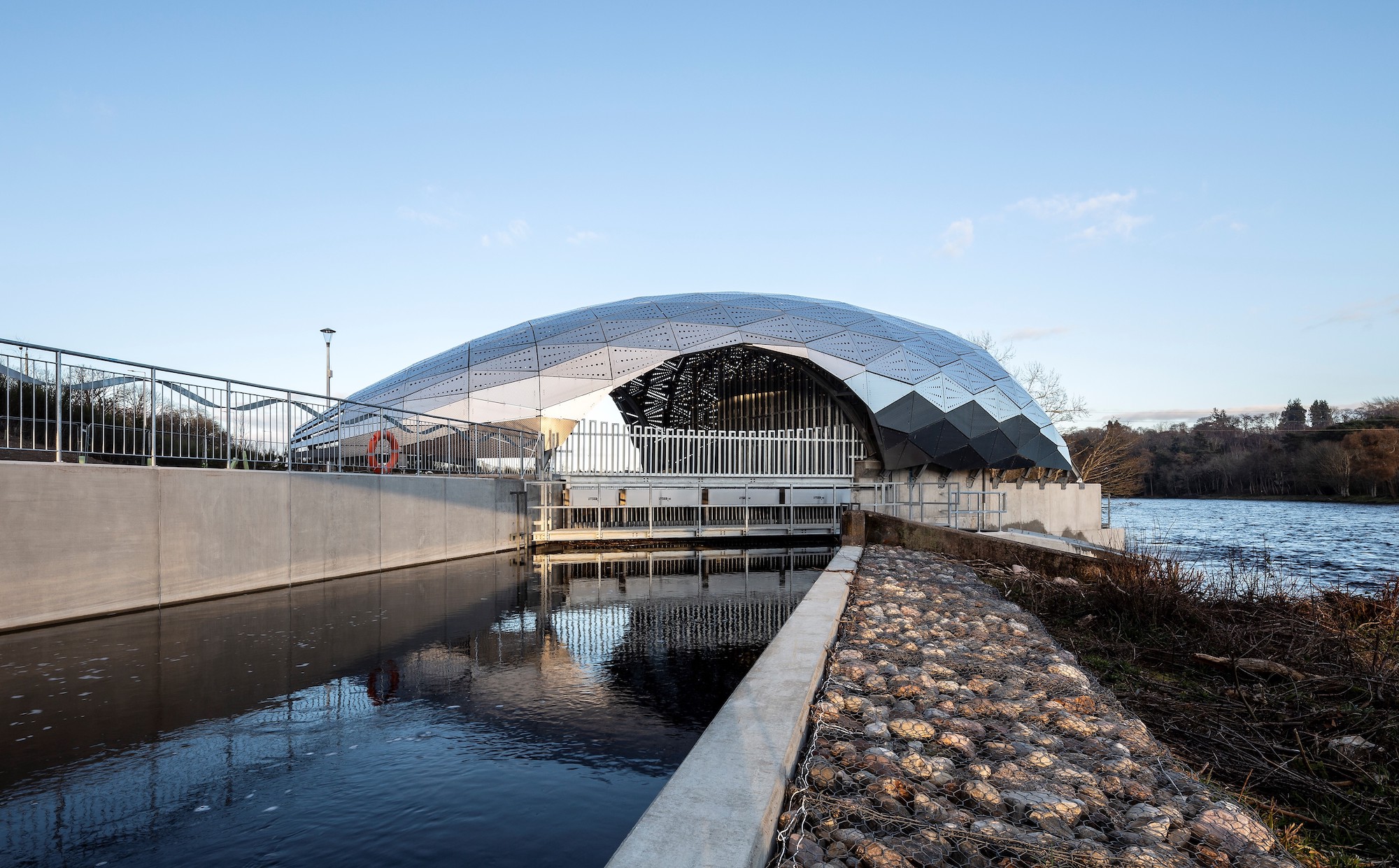
HydroNess by Leslie Hutt Architect ©Keith Hunter Photography
HydroNess, Inverness by Leslie Hutt Architect
Reflecting the shape and colours of a salmon, this highly sculptural building encloses the hydroelectric infrastructure that generates over 500,000kWh of renewable energy every year to power the Inverness Leisure Centre. Instead of a plain and functional shed, this is new local landmark that celebrates green energy, provides opportunities to link with the local STEM curriculum, and embodies Highland Council’s bold and creative approach to achieving Net Zero.
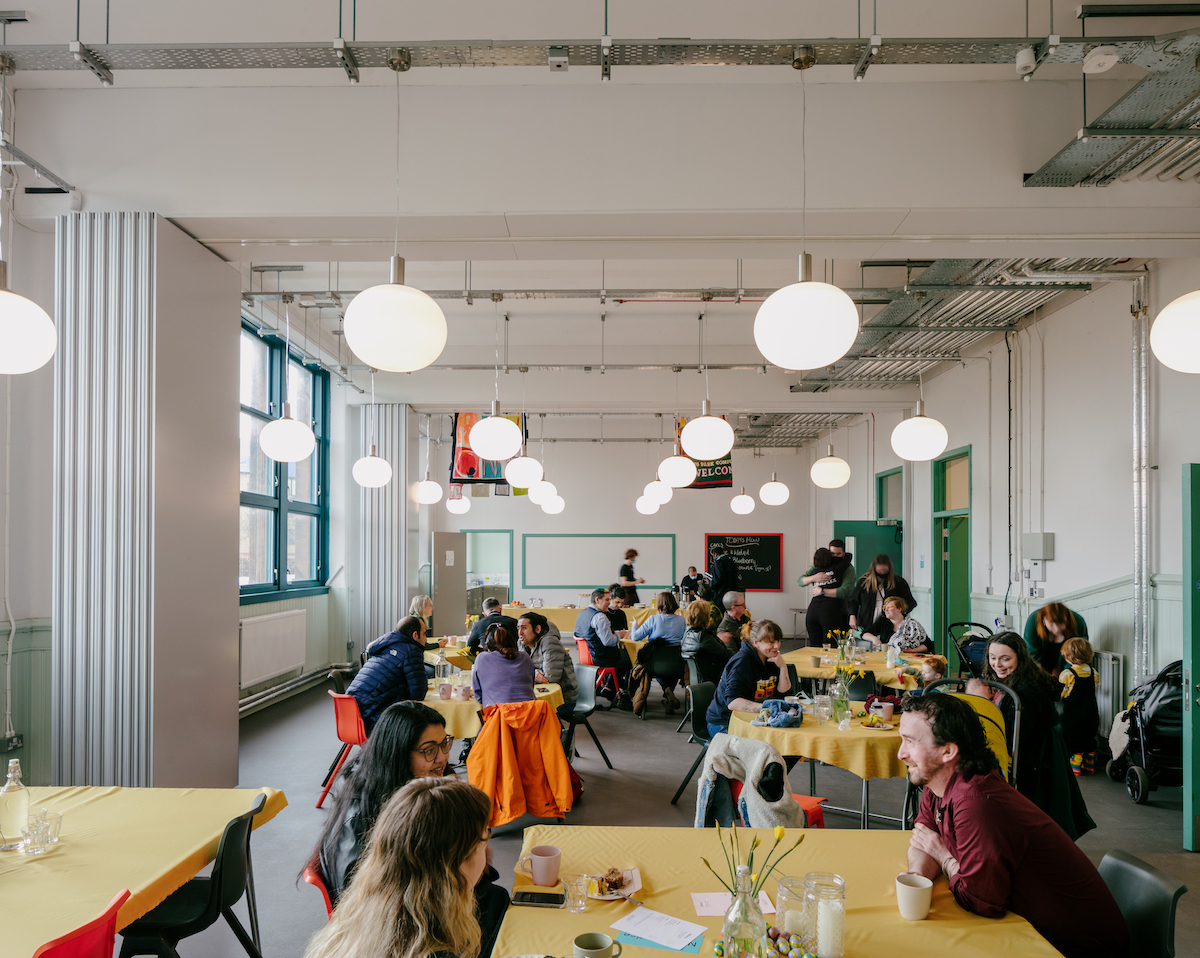
Kinning Park Complex by New Practice ©Will Scott
Kinning Park Complex, Glasgow by New Practice
When the Kinning Park Neighbourhood Centre was threatened with closure in 1996, the local community fought hard for its survival. Now owned by the community itself, the Edwardian building has been inventively brought back to life as a joyful and colour-filled building, packed with activity. The judges commended the architects’ “community first” approach, and how careful listening has led to a cost-effective and discreet series of interventions that maximise social value and community benefit.
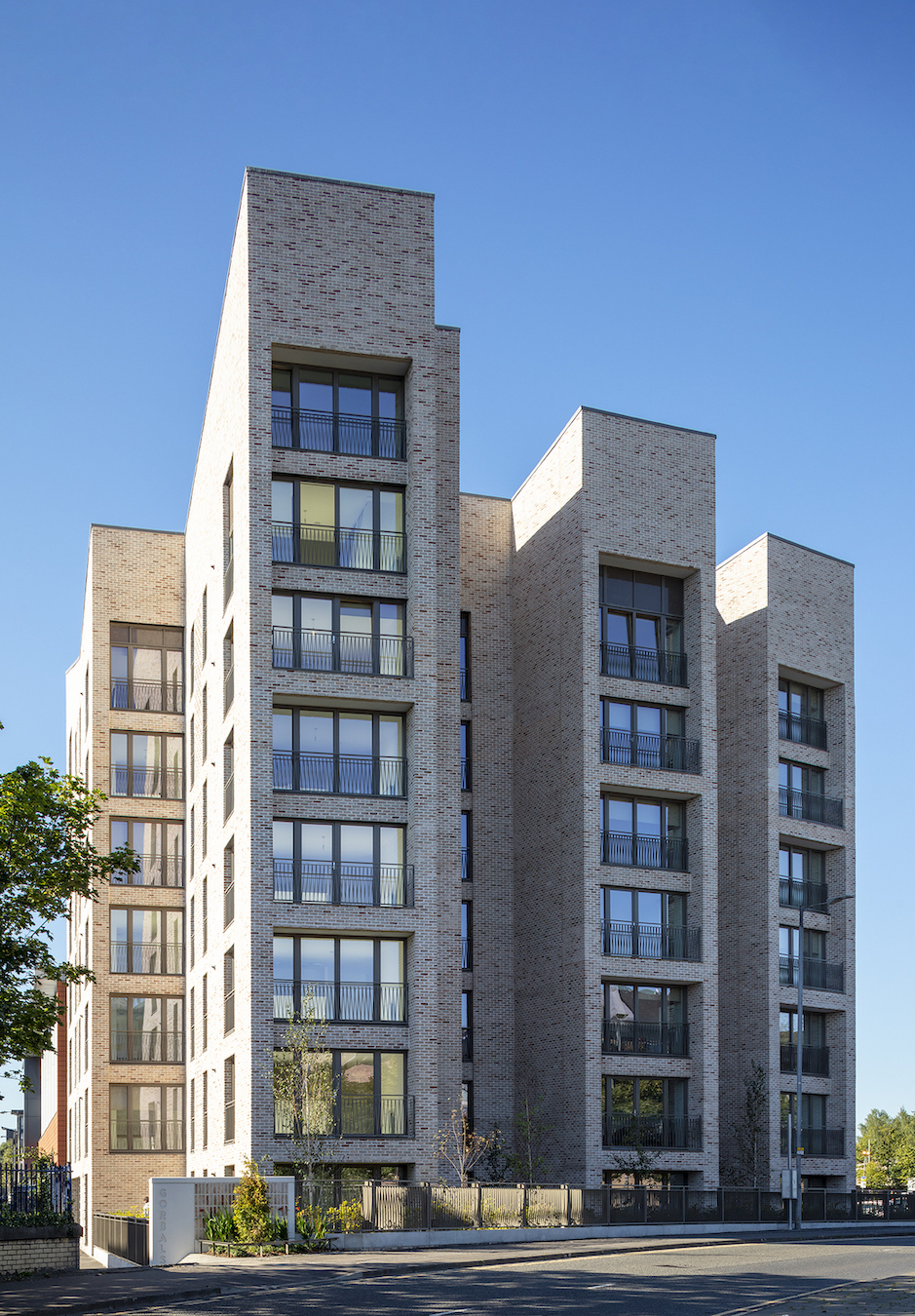
North Gate Social Housing by Page\Park Architects ©Nick Kane
North Gate Social Housing, Glasgow by Page\Park Architects
North Gate is an urban social housing scheme on the south side of Glasgow, primarily designed to suit the needs of older residents and enabling them to lead active, independent lives. It comprises 31 apartments with shared facilities including a communal lounge, kitchen, activity area, bike store and laundry. The jury were impressed by the architects’ commitment to provide convivial, attractive and robustly-detailed homes – clearly adored by residents and making for a new part of the city.
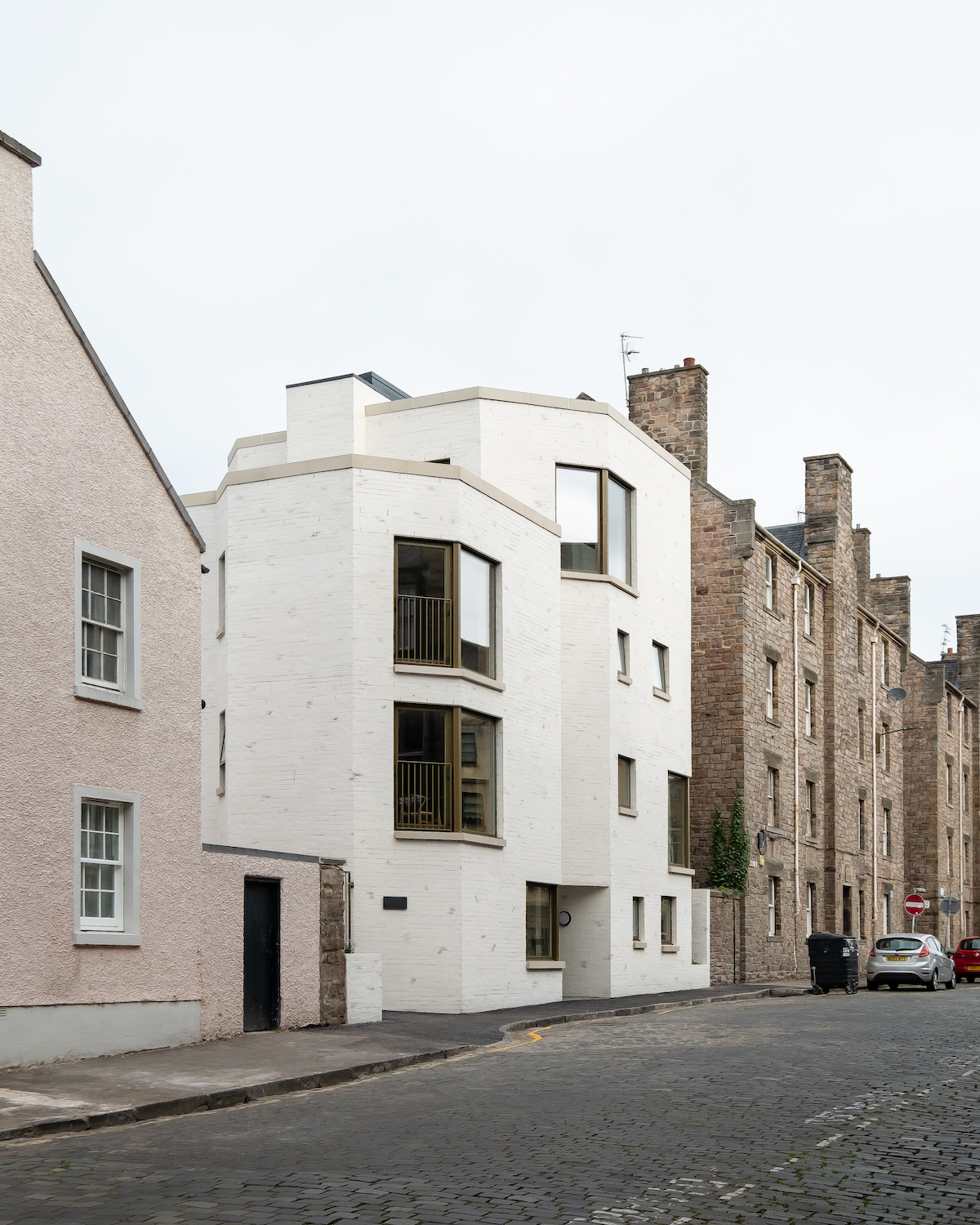
Simon Square by Fraser/Livingstone Architects ©Fredrik Frendin
Simon Square, Edinburgh by Fraser/Livingstone Architects
This modest housing development unlocks the potential of an old builder’s yard, successfully fitting into the tight and eclectic urban grain of Edinburgh’s Southside. Fraser/Livingstone Architects’ bespoke and tailored response is a clever re-examination of the tenement vernacular, and creates a sustainable and healthy set of spaces for residents. With exposed timber surfaces and breathable construction, the judges praised it for setting a new benchmark for sustainable Scottish tenement architecture.
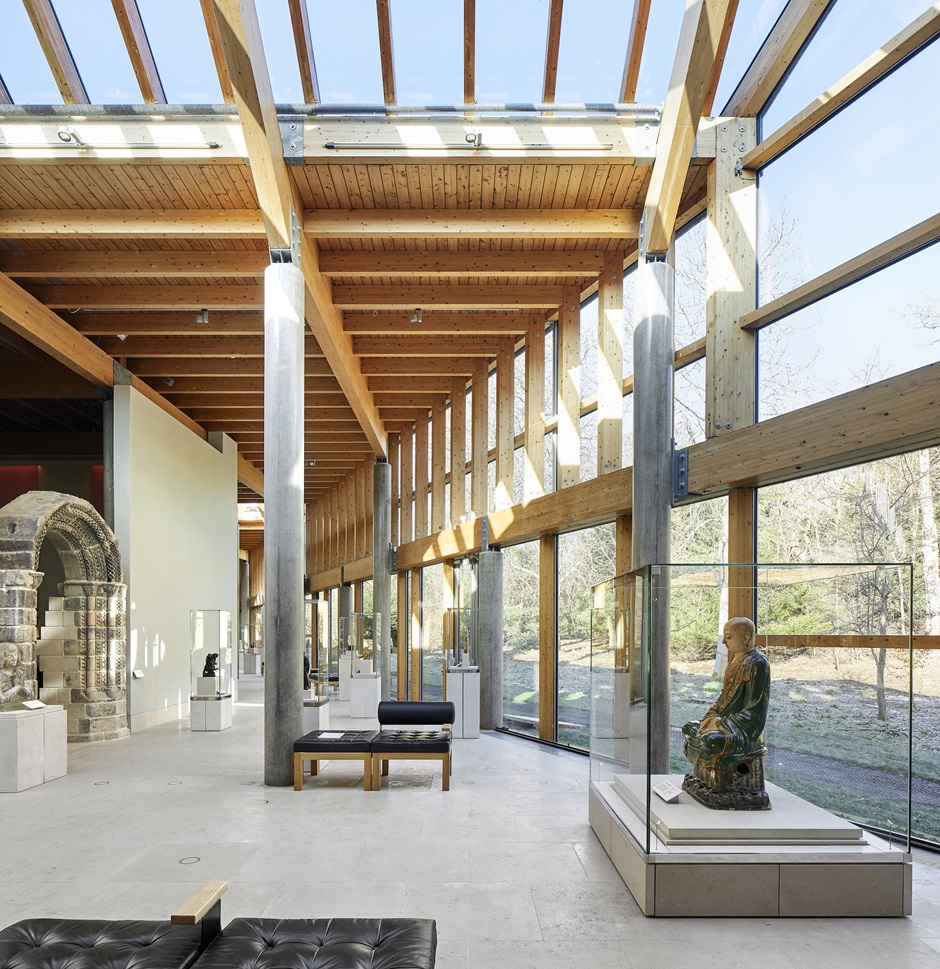
The Burrell Collection by John McAslan + Partners ©Hufton+Crow
The Burrell Collection, Glasgow by John McAslan + Partners
John McAslan + Partners have refurbished this internationally significant building, opening up the heart of the museum to create a three-storey atrium, unlock additional space and improve connections throughout the building. The judges praised the project as a considerate and bold re-imagining of a seminal late-20th century building, and an exemplary retrofit that will allow visitors to engage with more of the Burrell’s collections for generations to come.
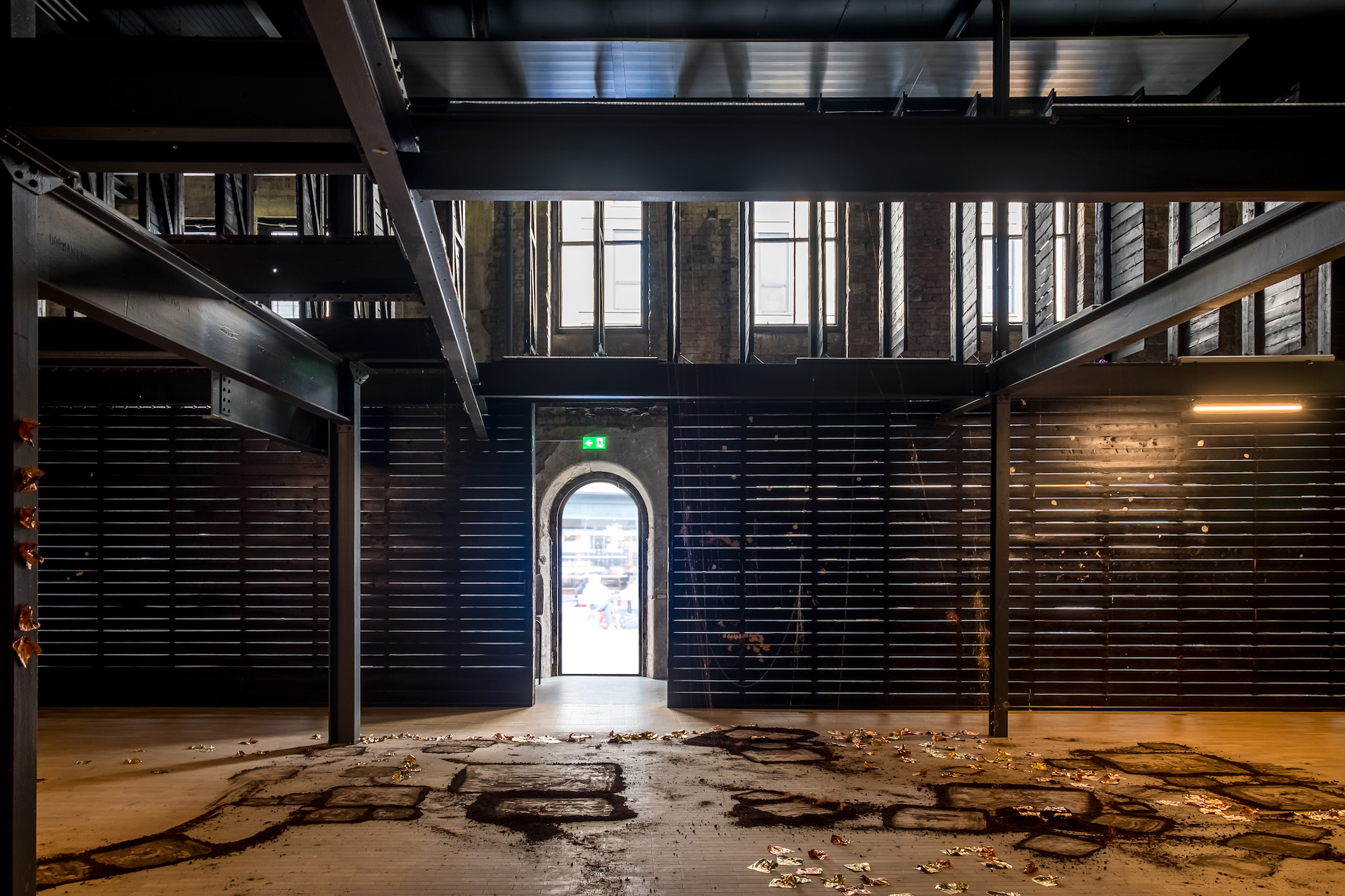
The Fruitmarket Gallery by Reiach and Hall Architects ©Broad Daylight
The Fruitmarket Gallery, Edinburgh by Reiach and Hall Architects
This popular gallery has been refurbished and extended, bringing a neighbouring warehouse building into use. While the work to the original gallery is a subtle upgrade to its much-loved interiors, the extension is a rich tangle of structure and rough materials to create a dark, uninhibited and materially intense space. The judges praised Reiach and Hall Architects’ expression of a contemporary architectural spirit of reuse and openness, and for challenging how art can be displayed and received.
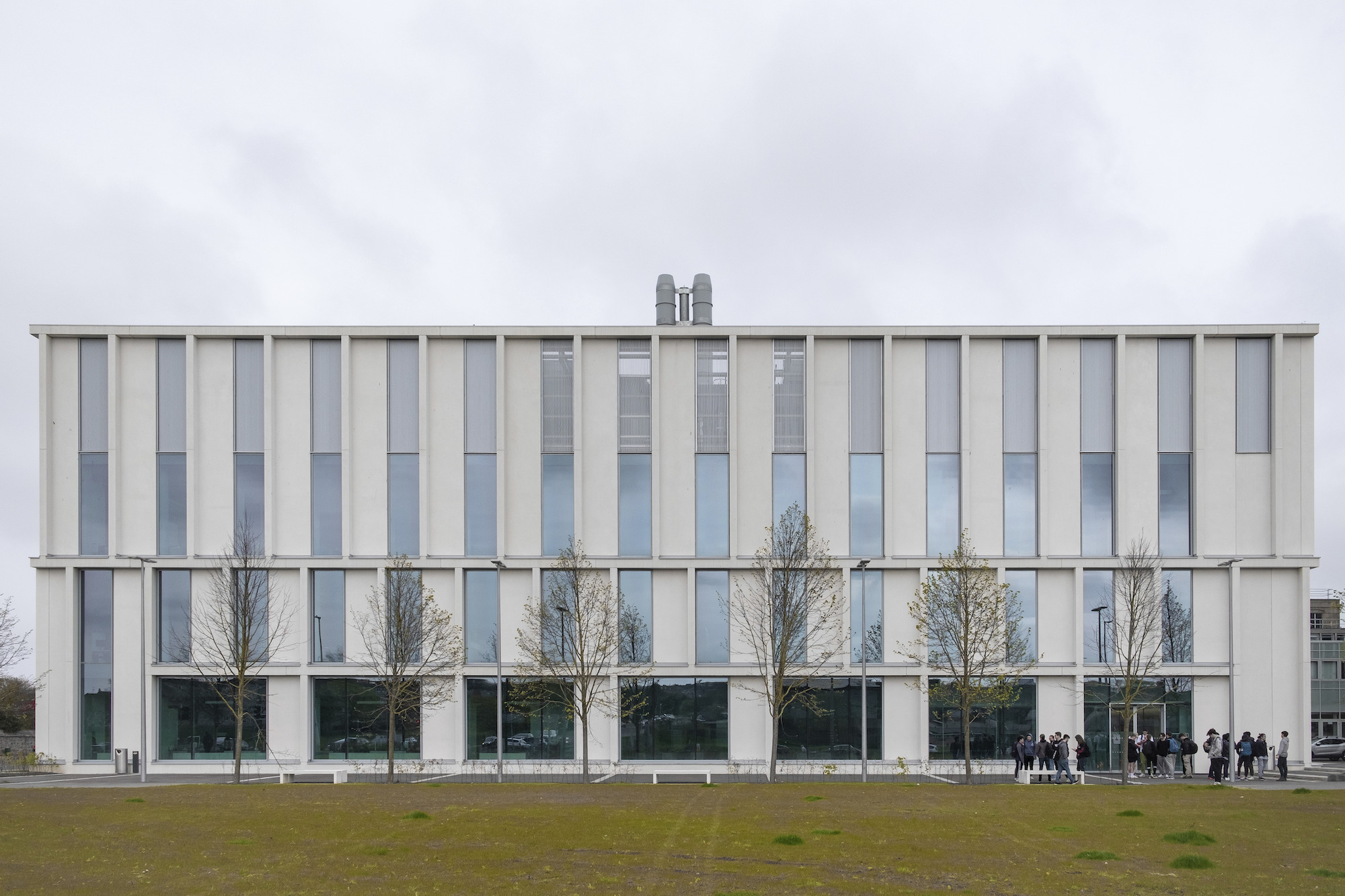
University of Aberdeen Science and Teaching Hub by Reiach and Hall Architects ©Broad Daylight
University of Aberdeen Science and Teaching Hub by Reiach and Hall Architects
This building enables, promotes and signifies the importance of scientific learning to the University, city and the wider region. Laboratories from a range of departments are gathered into a singular entity, with a series of flexible, digitally-enhanced lab spaces. Inspired in part by buildings of the Enlightenment period, the building exudes a sense of quiet and controlled scientific optimism, and impressed the jury with its high quality and architectural precision.
The annual RIAS Awards are open to all types and sizes of architectural projects. Buildings are assessed by an expert jury who visit each project in person, and consider the buildings’ architectural integrity, usability and context, delivery and execution, and sustainability.
The winners of the RIAS Awards will now become the ‘longlist’ for the RIAS Andrew Doolan Best Building in Scotland Award – one of the most significant architecture prizes in the world. The Doolan Award shortlist will be announced in July ahead of the winner announcement in November. Recipients of the 2024 RIAS Awards are also eligible for the Royal Institute of British Architects (RIBA) National Awards.
The jury for the 2024 RIAS Awards were:
- Nick Hayhurst (director, Hayhurst and Co)
- Simon Branson (partner architect, Honey Architecture)
- Catriona Hill (partner, Oberlanders Architects)
- Daisy Narayanan MBE (public realm director, The Crown Estate)
Nick Hayhurst, who chaired the 2024 RIAS Awards jury, said: “This year’s RIAS Awards are about celebration. Celebration of the quality of each award-winning project as well as celebration of the range of architectural ideas being delivered in Scotland today. From exemplary retrofits of loved institutions and homes to doing more with less to re-imagine community spaces, or public and private housing that anyone would want to live in, and innovative spaces that enable new ways of learning, working and promoting sustainability: there are no two projects alike.
“With more retrofits of existing buildings winning awards this year than new-builds, what does unite this year’s winners, however, is a clear approach to how energy and carbon reduction is enmeshed within a distinctively Scottish architectural language focussed on craft, materials and story-telling: projects that successfully synthesise the key issues facing building design today in a way that is joyfully rooted in its context and locality.”




















